“Do this, don’t do that” Why do we need them anyway?
Every time I turn around, this subject rears its pretty/ugly head. That’s right, signs and labels can be “pretty” and “ugly.” Let me explain.
The recommendations (laws in many states) have changed drastically. If you have the right combination of signs or labels on your playground then you are in a “pretty” good position as far as fulfilling your duty to provide them and having a defense in the event of an injury. They are known to minimize the likelihood of injuries in many cases.
Let’s not forget that we consider the safety of the children first, right? Right. Not to mention that signs/labels have been recommended since the inception (1993) of the American Society for Testing and Materials (ASTM) Public Playground Equipment Standard No. F1487, as well as being recommended in the Consumer Product Safety Commission's Public Playground Safety Handbook (No. 325) since the first version was released in 1981 (see sect. 5 and appendix).
If you don’t have the right signs or labels on your playground, you may very well be in an “ugly” and serious position.
I just accepted my 401st case as an expert witness. Out of all of those injury cases, they all, except for maybe three or four cases, had “failure to warn” claims for me to either help prove or defend.
I get calls from plaintiff attorneys who ask me if they have a case based on a variety of issues and failing to warn is always one of them. Oftentimes, I tell them they don’t have a case for one reason or another, especially if the correct signs or labels are in place and “noticeable” (key word). You can only “warn” or “inform” with signs or labels, you can’t expect them to remove the “risk.”
Court cases have shown that owners have the duty to warn or instruct (depending on the situation) the public so that they are made aware of unsafe conditions, imminent dangers, warn of potential hazards or even provide the public with pertinent information. Warning of “unsafe conditions” and “imminent dangers” are not addressed here. Warning of “potential hazards” is addressed here with the “warning” labels described in this article.
Now, “information” signs/labels can address issues pertaining to the range of ages that the users should be to use the equipment or that adult supervision is recommended or even to show that the level of surfacing is too low.
“But Scott, nobody reads or obeys the signs,” you say? Guess what happens when you don’t have the signs or labels and an injury occurs? Suddenly that litigant would have been the most avid reader of signs and labels.
But it doesn’t matter if they truly would have or not, you failed at your duty to provide them and are now a litigant.
The “age range of users” labels are great for distinguishing what equipment is designed for what age, which represents the size and abilities of the users. So when that mom puts her 2-year-old on a Sliding Pole (a component that is for 5-12 year olds only), you’ll have a positive defense if your label is properly made and placed to argue that she ignored it.
For example, the specific color of blue is specified in the ANSI Standards because it is recognized by the public as “information” to grab their attention. Same goes for the warning labels that show the orange strip; it’s that shade of orange for a reason, along with the triangle and exclamation point inside of it.
It’s been proven to grab attention. There’s most of your defense. Will a case be won or lost on that age range label being where it’s supposed to be? Perhaps. It may depend on which expert is more convincing to the jury. But it may also determine in the beginning whether there’s a case or not. More importantly, it will direct moms to instruct their kids to only use equipment they are allowed to be on and most (not all) moms will follow it.
Little may you know it, but these little labels are working in your defense and keeping kids safe, every day.
Let’s get out of the courtroom for a moment and talk about which information is required or recommended (depending on interpretation or applicable laws) and then where it should be.
Signs/Labels To Have On Your Playground
STRANGULATION WARNING
Warns about the hazard of being strangled by loose clothing, drawstrings, necklaces, jump ropes, helmets, pet leashes, etc., and to remove these items from the child or the equipment. See F1487-11 section 14.2.3, and CPSC section 3.2.1. This sign/label requires graphics to illustrate examples (per ASTM (14.3) and ANSI Standards), so check your strangulation warnings.
HOT SURFACE WARNING
Warns caregiver to check equipment and/or surfacing before use. See F1487-11 section 14.2.4 and CPSC sections 2.1, 2.4.2.1, 2.5.3 and 5.3.6 for warning and burn info.
SURFACING WARNING
Warns about the hazard of play equipment located over hard surfaces. When surfacing is lacking, it hopefully triggers a call from the alert caregiver on site. See F1487-11 section 14.2.5.
AGE RANGE OF USERS INFORMATION
Helps with age separation and correct inspection/audit evaluations. Helps to keep children from using equipment not designed for their age, size and ability. Tot seat information reflects advice from CPSC that tot seats are for children under 4 years of age. See CPSC sections 2.2.6, 2.2.7, 5.3.8.3.2 and F1487 sections 5.2, 14.2.1.
SUPERVISION INFORMATION
“Adult supervision is recommended” informs that the playground is not intended for unsupervised play. Many parents and caregivers need this reminder. See F1487-11 section 14.2.2, CPSC sections 1.6 and 2.2.7.
SURFACING LEVEL MARKER LABEL
Allows maintenance staff, caregivers and users to quickly check the support posts for proper level of loose fill surfacing depth. If below the marker, fluff it up and/or add more. See CPSC sections 2.4.2.2 (No. 4) and 4.3.
Where To Place Signs Or Labels
Note that according to ASTM F1487-11, section 14.1, posting signs or labels is critical enough to bear mention.
Let’s first address the Surfacing Level Marker labels. These go on the equipment posts where the minimum depth of surfacing is supposed to be, so your loose fill surfacing is covering it up. When you do see the line, fluff up or replace the surfacing so it’s at or above the line (after being compressed).
Place the rest of the signs/labels so they are readily visible and alert the viewer in time to act. They can be on the equipment or be freestanding (i.e., mounted to a stand-alone post, but outside of use zones). If you have a fenced-in playground, put them at the gate, unless you have equipment that allows differing age ranges. In that case, it should be on the individual pieces (not each “component,” but one on the tot swing, one on the 5-12 composite structure, etc.).
If you don’t have it fenced in, then the signs or labels should be visible upon any point of entry. If there’re infinite approaches, place them at 12 o’clock, 4 o’clock and 8 o’clock (plain view). Placing them at adult eye level is ideal.
Special Notes
Strangulation Warning
I do NOT recommend placing this label at slide entries since it won’t be seen by caregivers to act upon before the child uses the slide or other equipment. Place it as noted above.
Tot Seat Information Label
If you have a swing with one bay for tot seats and other bay(s) with belt seats, be sure you do not say the whole swing or playground is for 2-5 or 5-12 or even 2-12 with these age-conflicting tot seats (“under 4” includes infants under 2). Place the Tot Seat label on the posts of the structure nearest to the tot seats since they are for kids under 4 years of age and the other seats are okay for 2-12-year- olds. You need to distinguish what age is allowed on what seats. You may need to put the tot seats on the end bay to better separate them from the rest.
There was a case where a teenage girl climbed into a tot seat, fell out and died because she hit the asphalt pavement below. One of the claims was “failure to inform/warn” and had she been informed of the age ranges the tot seat was designed for and limited to, she would not have attempted to climb into the seat in the first place. However strong or weak that argument was, a child is dead and the owner was sued.
There’s literally a multitude of playground cases that have claimed failure to warn that surfacing was required. Claims are made, and oftentimes won, that, had that proper sign or label been installed and in view, the maintenance workers would have been reminded to replenish the loose fill surfacing or patch the poured rubber surfacing, averting an injury. I think there’s some justification to that, but only to a point.
Did you hear about the adult male who, after getting drunk with friends late one night, decided to bet his buddies he could fit into a tot seat at the local playground? They accepted his bet. So he got naked to fit in the seat, got stuck and they left him … all night. As it turns out, he had ruptured an internal organ and died in that swing seat. I don’t think a tot seat sign would have stopped that man, but you can bet it would have been a doozie of a defense for the owner’s duty to inform.
The moral of this article? Get “pretty” so you’re not in an “ugly” situation.



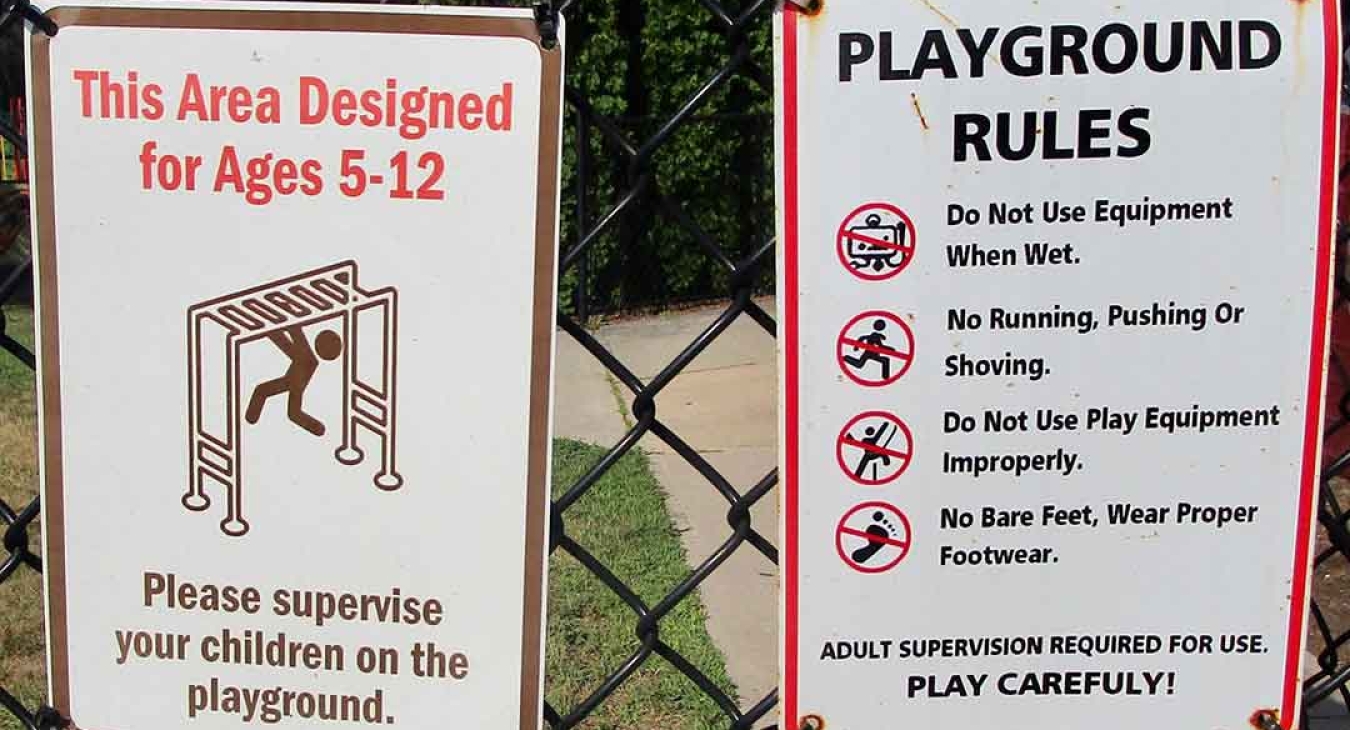

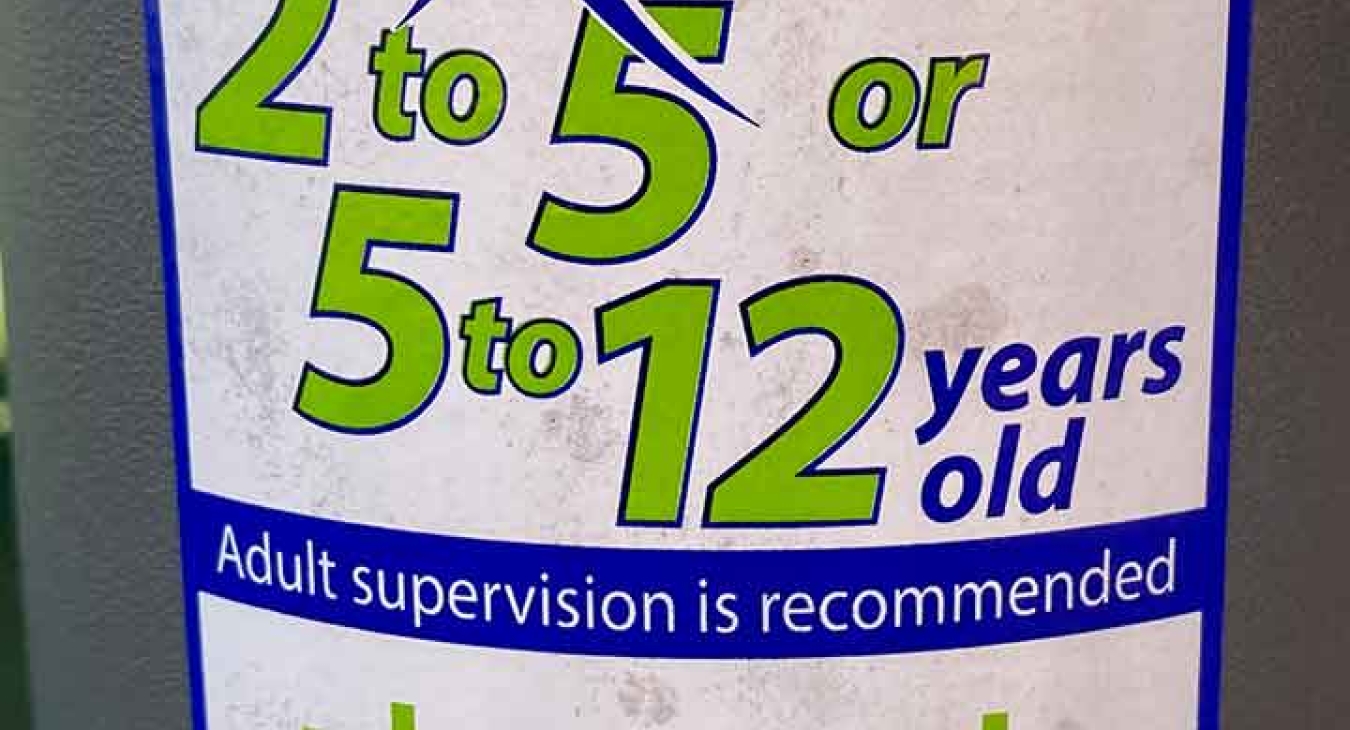
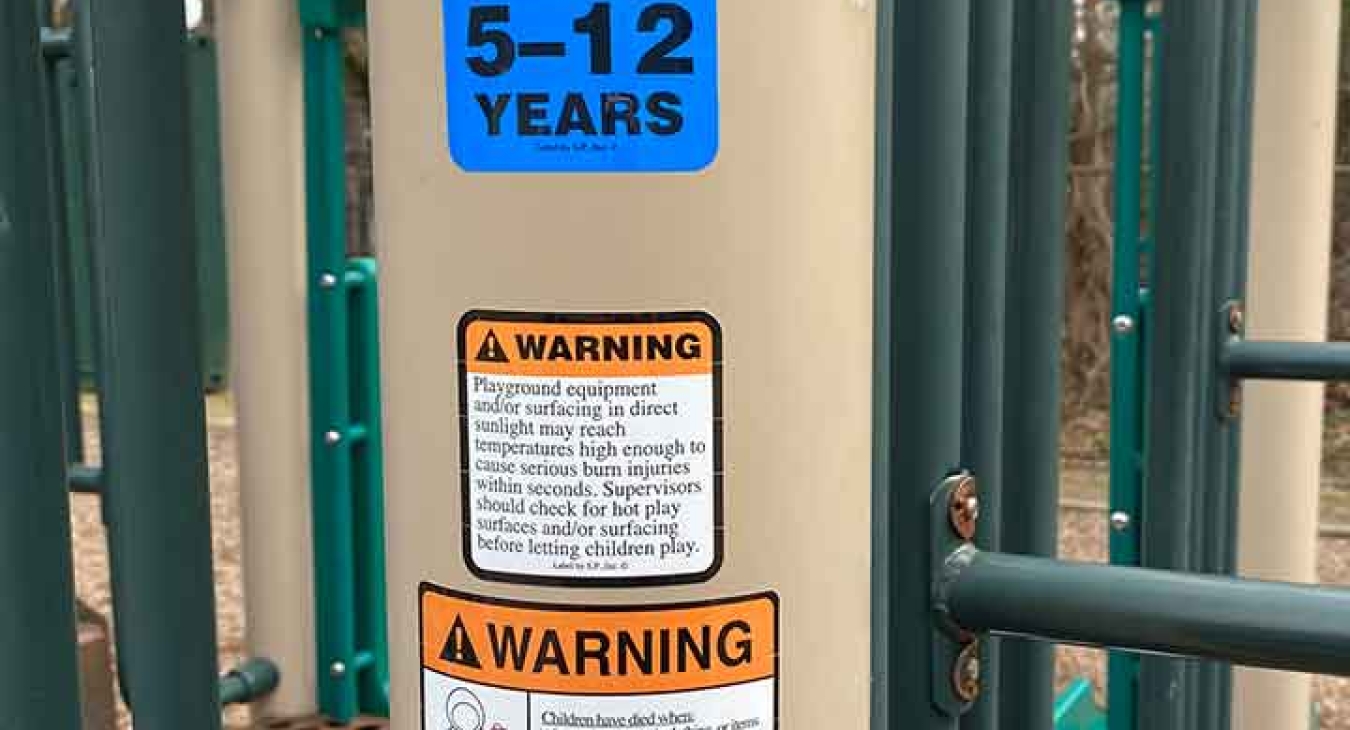
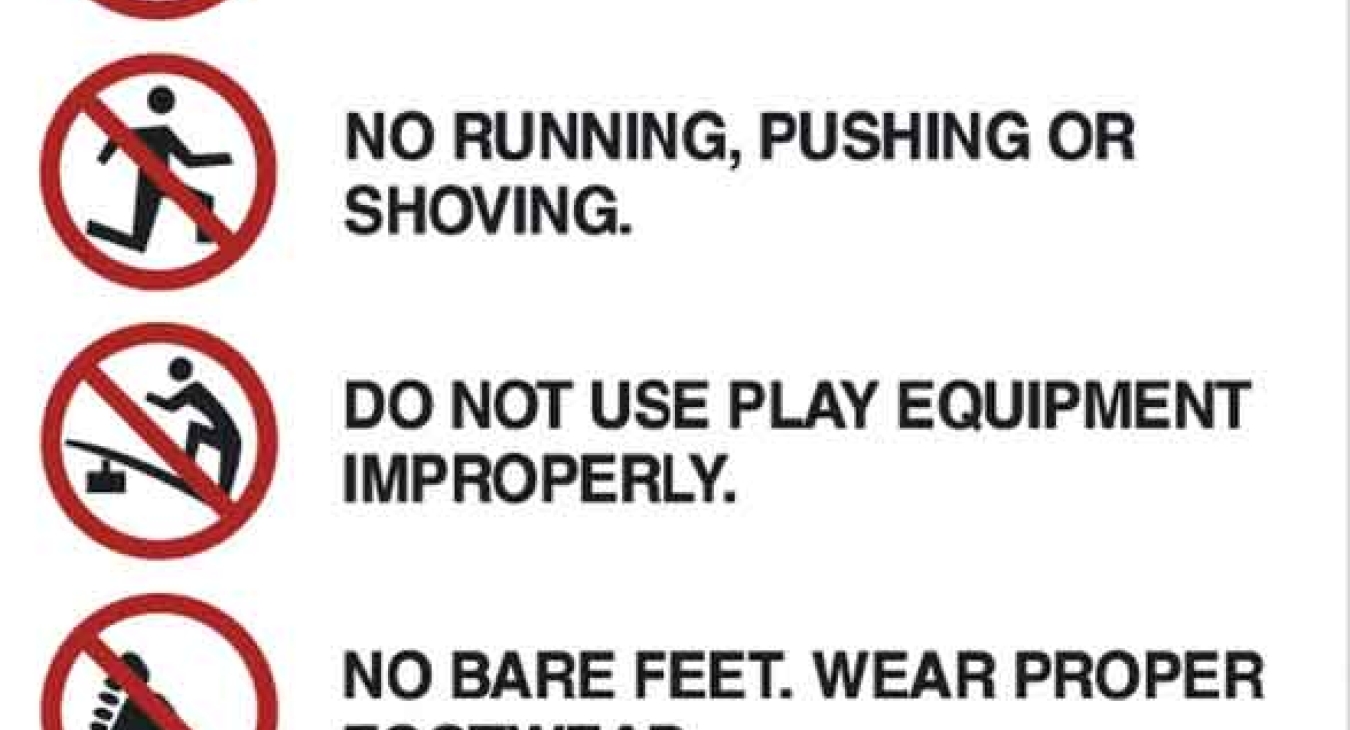
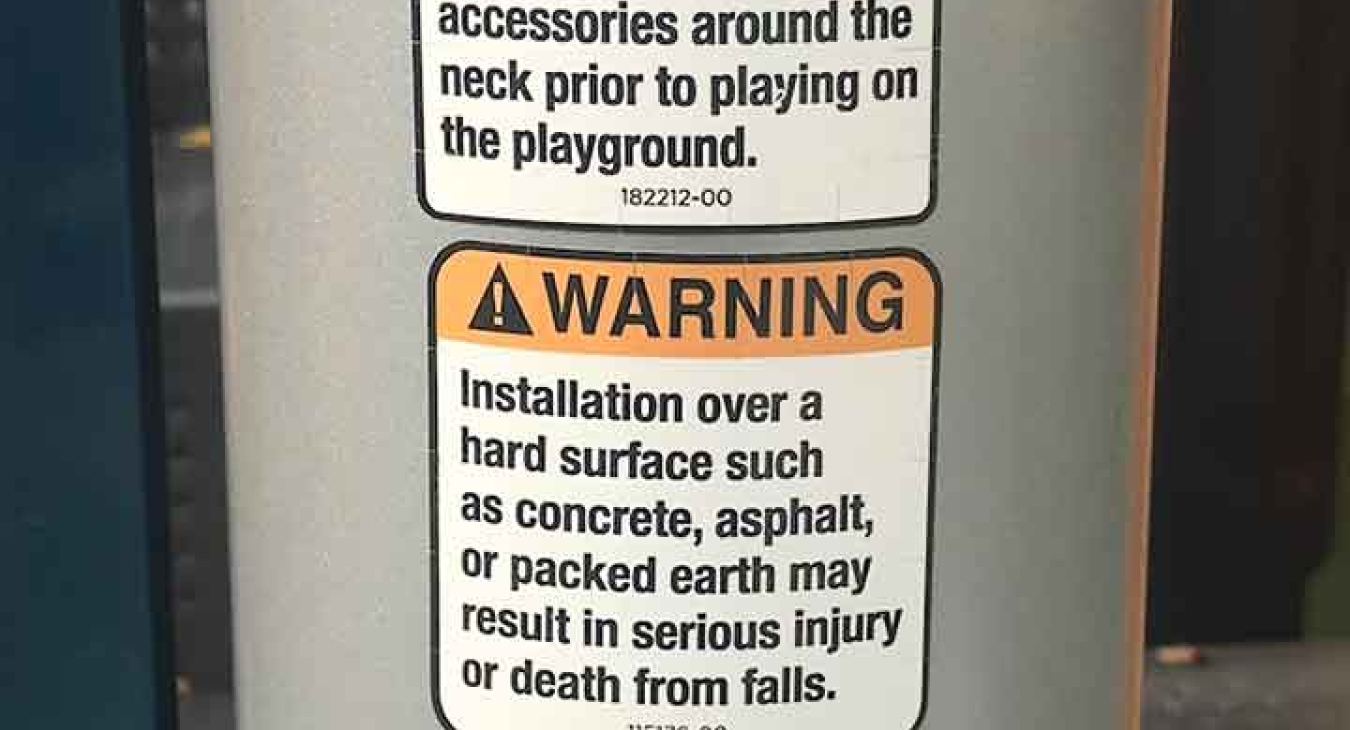
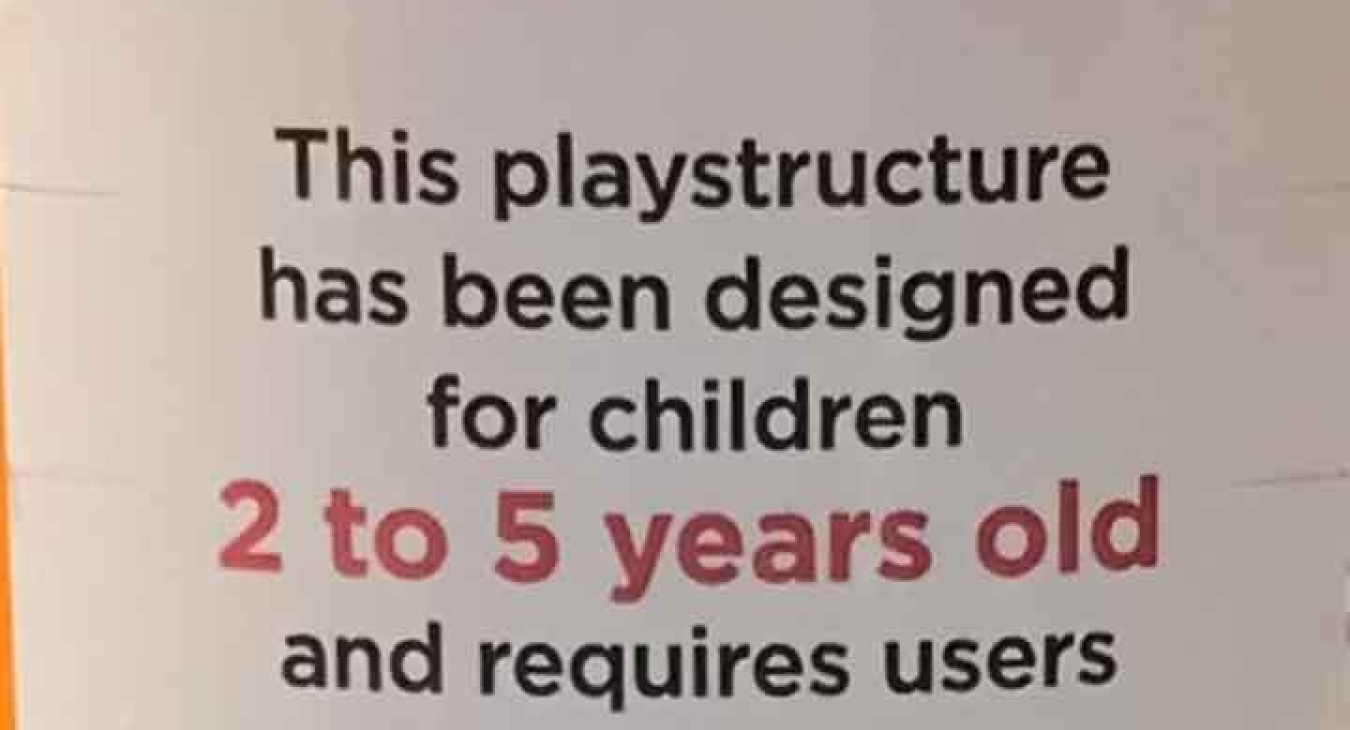
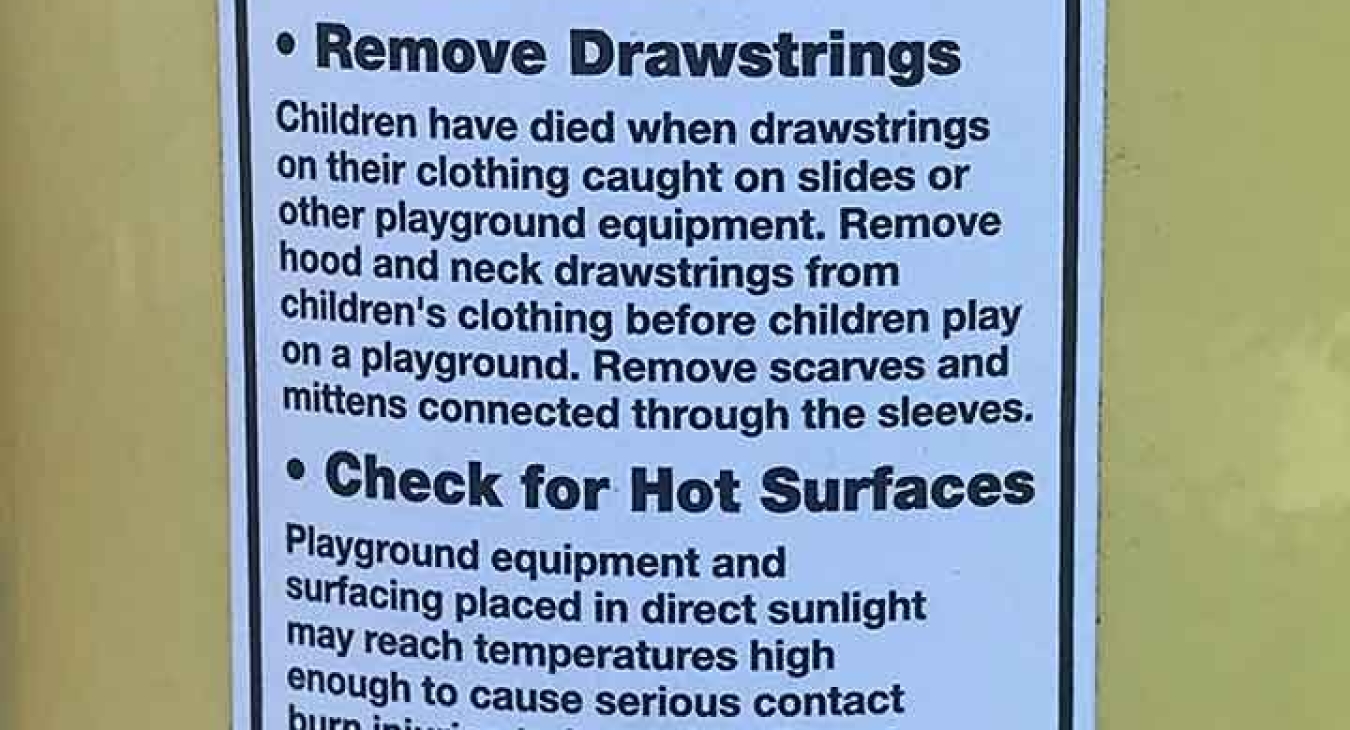
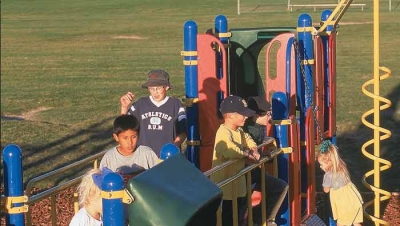

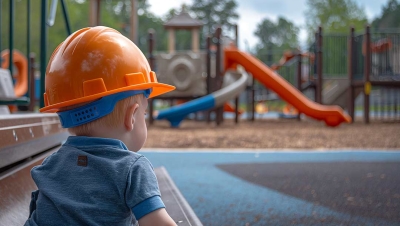







Add new comment